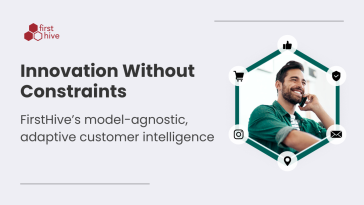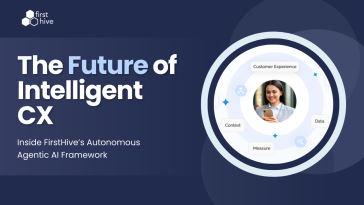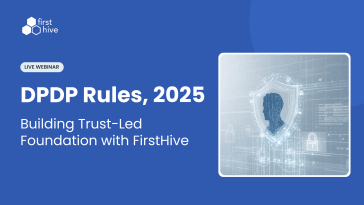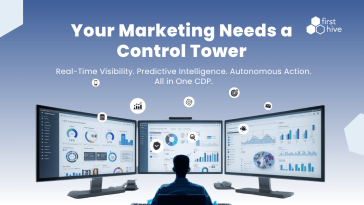Welcome to our comprehensive guide on first-party data and how it can revolutionize your marketing strategy. In today’s digital landscape, data plays a crucial role in understanding your customers, personalizing experiences, and driving business growth. As the reliance on cookies and IDFAs declines, first-party data has emerged as a valuable asset for marketers. In this blog post, we will explore what first-party data is, its benefits, and how you can harness its power to achieve marketing success.
What is First-Party Data?
First-party data refers to the information that you collect directly from your own audience or customers. It includes data such as website interactions, purchase history, email subscriptions, and other customer behaviors. Unlike third-party data, which is obtained from external sources, first-party data is unique to your business and provides valuable insights into your audience’s preferences, interests, and behaviors.
Why First-Party Data is More Important Than Ever
With increasing privacy concerns and regulations, the marketing landscape is undergoing significant changes. First-party data has become more important than ever due to its privacy compliance and accuracy. Unlike third-party data, which can be less reliable and subject to privacy risks, first-party data is collected with the consent and knowledge of your customers, allowing you to build trust and strengthen your relationship with them.
Benefits of First-Party Data
1. Personalized Marketing: With first-party data, you can create highly targeted and personalized marketing campaigns. By understanding your audience’s preferences and behaviors, you can deliver tailored messages and offers that resonate with them, increasing engagement and conversion rates.
2. Segmentation and Targeting: First-party data enables you to segment your audience based on various criteria such as demographics, purchase history, and website interactions. This allows you to target specific customer segments with relevant content and offers, maximizing the effectiveness of your marketing efforts.
3. Customer Retention: By leveraging first-party data, you can enhance customer retention strategies. By understanding your customers’ needs and preferences, you can deliver personalized experiences and proactive support, fostering loyalty and reducing churn.
4. Cross- and Upselling: First-party data provides valuable insights into your customers’ buying patterns and interests. You can leverage this data to identify cross-selling and upselling opportunities, recommending relevant products or services to increase average order value and revenue.
5. Optimizing Ad and Email Marketing Campaigns: With first-party data, you can optimize your ad and email marketing campaigns by targeting specific customer segments and delivering personalized content. This leads to higher click-through rates, conversion rates, and overall campaign performance.
6. Product and Service Optimization: First-party data helps you gain a deep understanding of your customers’ preferences and pain points. By analyzing this data, you can identify areas for improvement in your products or services, enhancing customer satisfaction and driving innovation.
7. Improved User Experience: With first-party data, you can personalize your website or app experiences based on individual user preferences. By delivering relevant content, recommendations, and user interfaces, you can enhance the overall user experience, leading to increased engagement and satisfaction.
8. Increase User Acquisition: First-party data can also be utilized to optimize user acquisition strategies. By analyzing the characteristics and behaviors of your existing customers, you can identify similar audiences and target them with relevant marketing campaigns, expanding your customer base.
How to Use First-Party Data to Improve Your Marketing Strategy
Now that we have explored the benefits of first-party data, let’s dive into how you can effectively collect and use it to improve your marketing strategy:
Data Collection and Privacy: Where Are We Heading?
The landscape of data collection and privacy is constantly evolving. With increasing regulations such as the General Data Protection Regulation (GDPR) and the California Consumer Privacy Act (CCPA), it is crucial to ensure that your data collection practices are transparent, compliant, and respectful of your customers’ privacy rights. Implementing robust consent management systems and providing clear opt-in/opt-out options are essential steps to building trust and maintaining compliance.
Taking First-Party Data to the Next Level
While first-party data provides valuable insights, combining it with other data sources can unlock even greater potential. Second-party data, which is shared directly between trusted partners, and third-party data, obtained from external sources, can complement your first-party data and provide a broader understanding of your audience. Additionally, zero-party data, which is actively provided by customers through surveys or preference centers, offers valuable insights into their preferences and intentions.
Conclusion
First-party data is a game-changer for modern marketers. It enables you to understand your audience on a deeper level, personalize experiences, and drive business growth. By leveraging the power of first-party data and adhering to privacy regulations, you can build stronger relationships with your customers, optimize your marketing campaigns, and stay ahead of the competition. Embrace the era of first-party data and unlock its full potential for marketing success!








